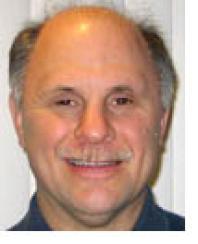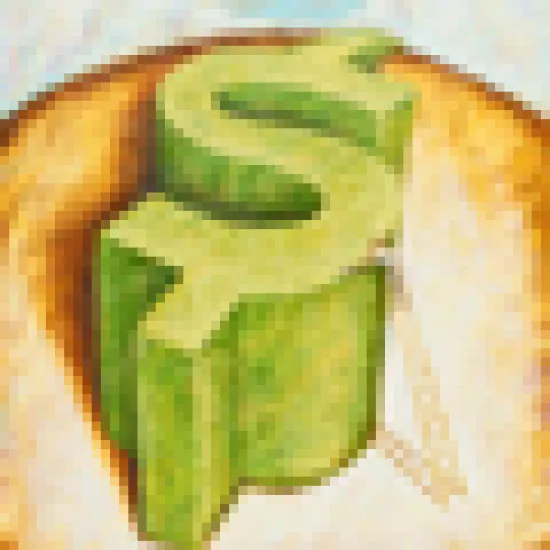
This was no easy feat, folks. The fund dropped about 54 percent in 2008, slightly less than its drawdown. This means he made up about 115 percent in roughly 14 or 15 months.
A word of warning: do not try this at home.
Most managers who blew up during the global market meltdown cannot share Roth’s accomplishment. Only half of the hedge funds that Hedge Fund Research Inc. tracks were at their high water mark at the end of 2009 despite the broad recovery in most of the financial markets that year. In fact, even in 2006 and 2007 as markets were peaking, 12 percent to 13 percent of all hedge funds were actually below their high water marks, according to the hedge fund data tracker.
“Most of the funds that (recently) hit their high water mark did not do it in equities,” says HFR president Ken Heinz. “They did it in arbitrage strategies.”
Roth’s fund typically invests more than 50 percent of its assets in convertibles. He was hurt by a number of factors. First, investors were able to get out monthly with just 30 days notice, which forced him to sell converts and other securities such as high yield debt and levered loans into a crumbling market that suddenly offered little liquidity by late 2008. Some of his assets became tied up when its prime broker’s parent, Lehman, filed for bankruptcy. It also found itself saddled with some illiquid bank syndicated deals.
So, GLG froze redemptions on November 1.
Roth, who joined GLG in 2005, says his fund did not really get its recovery rolling until the beginning of the third quarter of 2009, when he completed its restructuring. He lifted restrictions and placed 25 percent of assets that were illiquid into a side pocket. At the same time he changed liquidity to monthly with 90 days notice from monthly with 30 days notice. Roughly half of his investors redeemed, leaving the fund with just $400 million, down sharply from $3 billion.
Worst of all, until then, Roth’s team was mostly playing defense so they missed the rally in the first quarter. “We were forced to sell all liquid high quality securities which were the first to rebound and we were constrained from trading because of the suspension and the need to raise cash,” he explains.
He quickly made up for lost time, however, posting returns in the low teens in each month of the third quarter. As leverage became more available the rebound in markets accelerated. His fund, which did not rely heavily on leverage, took advantage of depressed valuations and very low dollar prices.
These days, Roth and his team are buying short dated high yield and distressed paper, among other things. The fund has been very active in subordinated financial paper where there has been significant tender and exchange activity. They have also been buying U.S. REITS, which Roth calls an unloved segment of the universe, where there has been stock issuance and long dated bond issuance to repurchase short dated debt including many convertible bonds, as companies look to delever and term out their liabilities. “In general the high level of corporate activity in terms of addressing their balance sheets has been one of the key themes we are exploiting,” he adds.
Roth also says he is currently seeing the lower quality names which are largely ignored by long only convertible funds as being cheap because of the lack of hedge fund capital.
Indeed, by the end of March, he was up more than 17 percent for the year and had $750 million under management. Now that is something to celebrate.
Stephen Taub, who has covered the hedge fund industry for 30 years, is a contributing editor to Institutional Investor and Absolute Return-Alpha magazines and former editor of Financial World magazine.







